- Home
- Multimedia
- Photo Gallery
- Ten years and $1 trillion later, has China's Belt and Road Initiative reached a dead end?
Ten years and $1 trillion later, has China's Belt and Road Initiative reached a dead end?
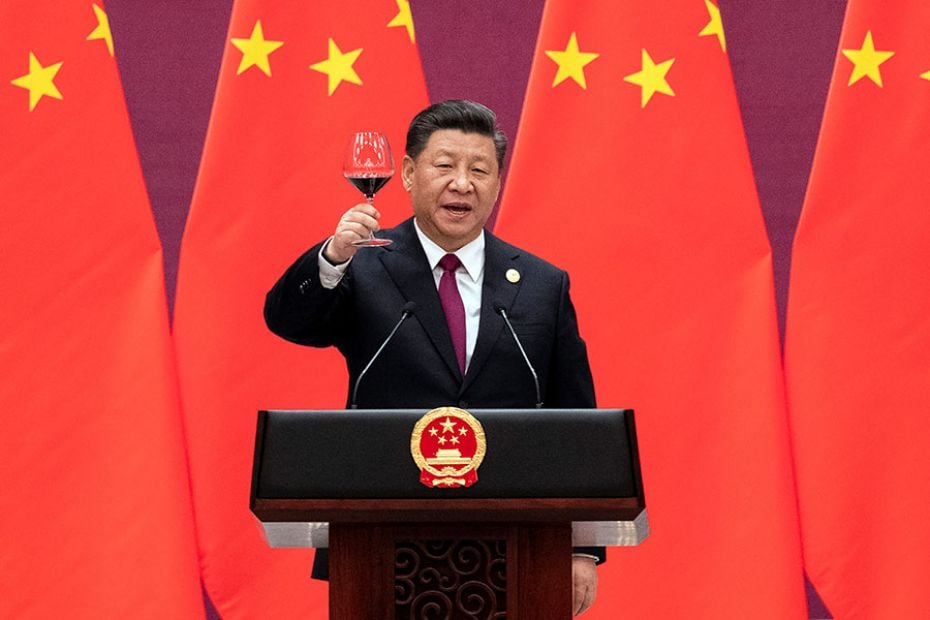
Image by : Nicolas Asfour/Pool via Reuters
Chinese President Xi Jinping proposes a toast at the end of his speech during the welcome banquet of leaders attending the Belt and Road Forum at the Great Hall of the People in Beijing, China, April 26, 2019. The Chinese government adopted a global infrastructure development strategy in 2013, and more than 150 countries signed up for the BRI. The initiative was incorporated into the Constitution of the Chinese Communist Party in 2017 with a target completion date of 2049, which will coincide with the centennial of the People's Republic of China's founding.
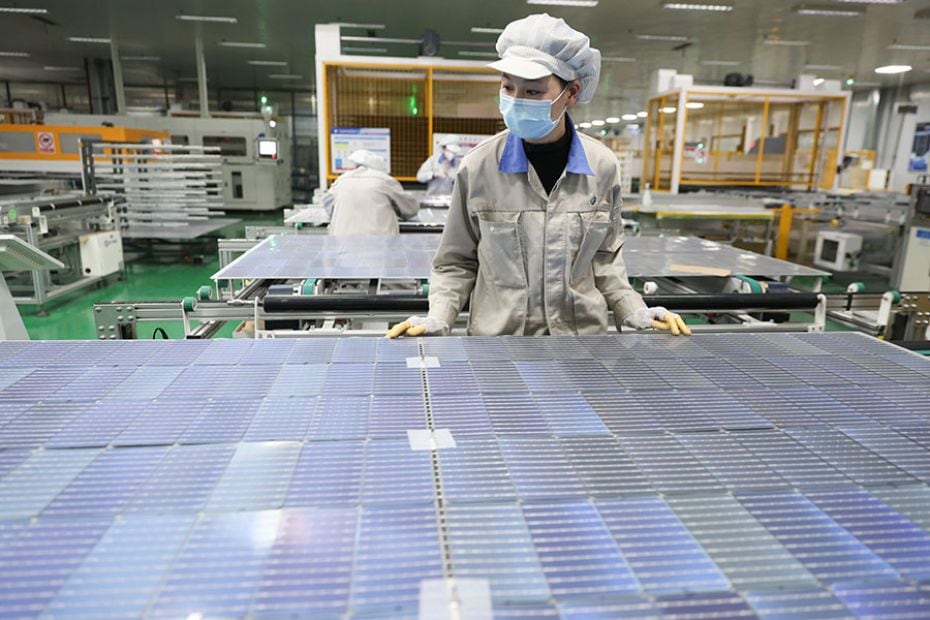
Image by : CFOTO/Future Publishing via Getty Images
Workers make photovoltaic panels for export in Lianyungang City, East China's Jiangsu province, January 3, 2023. Nearly a decade after its launch, the Belt and Road Initiative—what was once nicknamed the "project of the century"—is slowly vanishing from Chinese leaders' speeches. The repercussions of debt sustainability, covid lockdowns that impacted supply chains, security-related US sanctions on Chinese state businesses, and China's economic slowdown are the reason. China's GDP grew only 2.7 percent in 2022, marking the lowest growth since 1978, thus constraining its overseas spending.
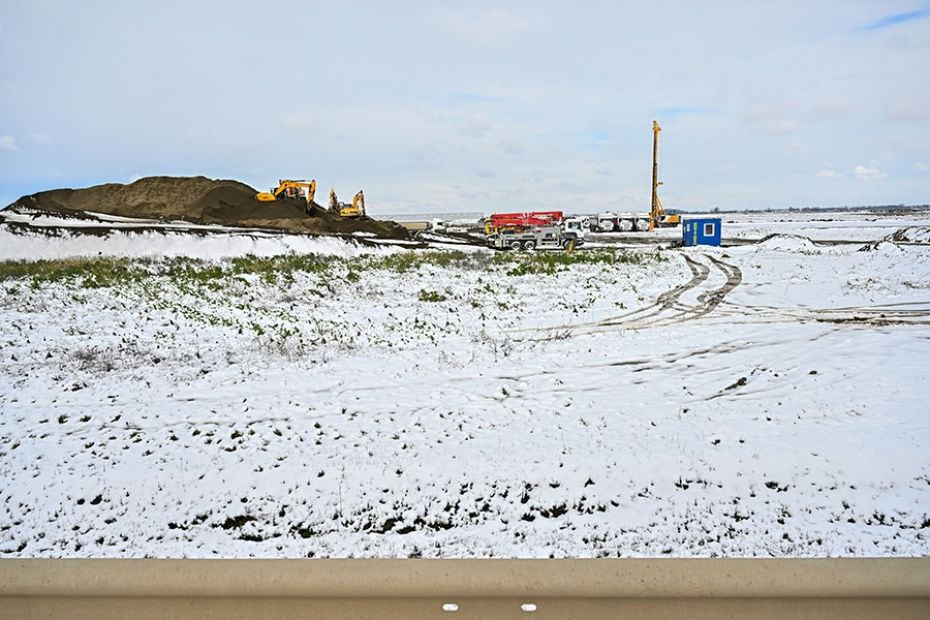
Image by : Attila Kisbenedek / AFP
Excavators and trucks are seen at the construction site of a battery gigafactory by Chinese battery giant CATL in the industrial area near Debrecen, 230 km east of Budapest, Hungary, on February 4, 2023. The €7.3 billion investment would be CATL's largest overseas. Hungary, Saudi Arabia, and Singapore are major beneficiaries of Chinese investments currently. The Philippines and Argentina were the main beneficiaries of Chinese construction engagement.
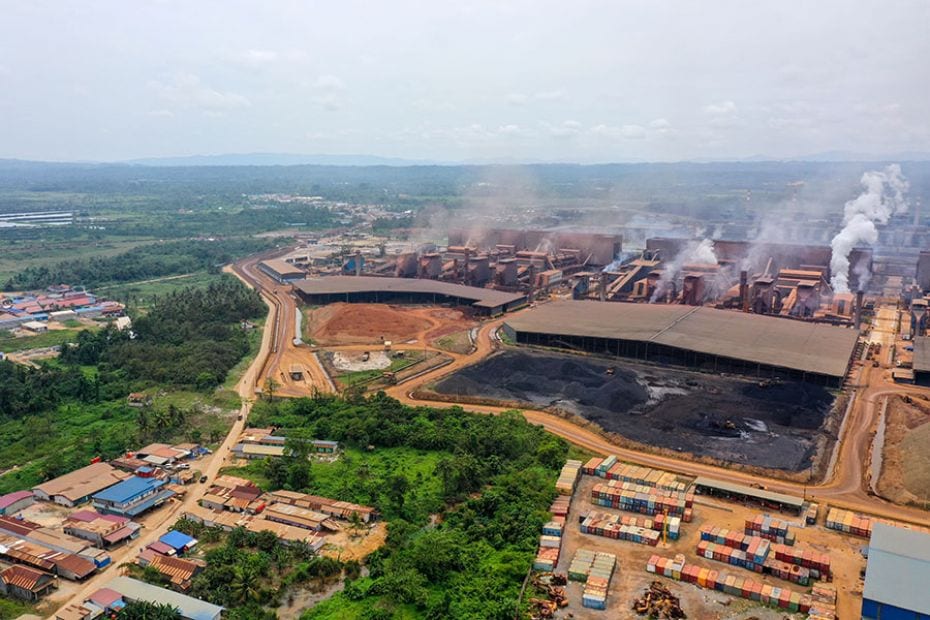
Image by : ADEK BERRY / AFP
This aerial picture taken on February 10, 2023, shows a smelter operated by China-invested Virtue Dragon Nickel Industry (VDNI) in Morosi, southeast Sulawesi, Indonesia. Fossil fuels constituted about 63% of Chinese BRI overseas energy engagements. New coal-related projects were announced in 2022, including a captive coal-fired power plant and coal mining project in Central Kalimantan Province, Indonesia, generating 30 million tons of coal.
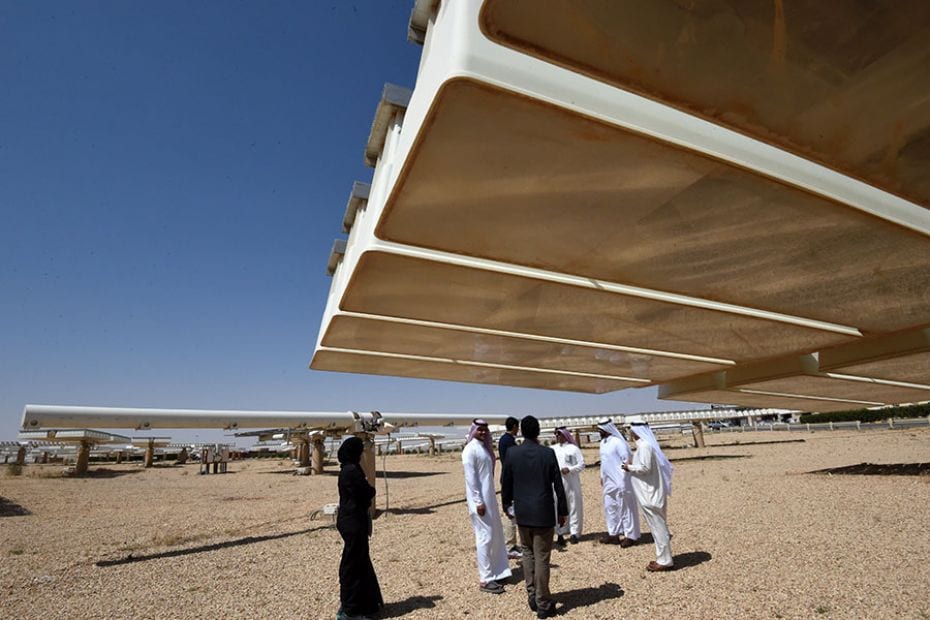
Image by : Fayez Nureldine / AFP
A solar plant in Uyayna, north of Riyadh, Saudi Arabia, on March 29, 2018. Saudi Arabia received the most energy engagement from BRI in 2022 with a total of $5.4 billion investment from BRI, including the $210 million project with Jinko Solar. One of China's long-term foreign-policy objectives is breaking up the dollar-denominated oil trade so that oil is bought and sold in other currencies. To that end, Chinese companies have invested handsomely in oil-producing countries.

Image by : VCG via Getty Images
Passengers look through a train window at Kunming South Railway Station on April 13, 2023, in Kunming, Yunnan Province of China. The $6 billion China-Laos Railway took five years to construct. Most of China's high-speed rail projects in 2022 are in East Asia, including the rail projects connecting China through Thailand and Malaysia to Singapore (Kunming-Singapore rail). In January, the Philippines awarded a $2.8bn contract to a Chinese consortium to build the first phase of the 565km Bicol rail scheme on the country's main island of Luzon.

Image by : Cristina Vega /AFP
BRI Engagements with Sub-Saharan Africa and West Asia have dropped to the lowest levels. Complicating matters is anger from several countries over the quality of their BRI projects. The Wall Street Journal recently reported on several BRI projects from Ecuador to Zambia that have experienced severe construction flaws. At Ecuador's $2.7 billion Coca Codo Sinclair hydroelectric project, thousands of cracks have emerged in the Chinese-built plant. As one of Ecuador's largest sources of power, fixing the plant could drive the country deeper into debt. These instances have led to claims that China has engaged in predatory lending practices (debt-trap diplomacy) that have contributed to debt crises in places like Sri Lanka.
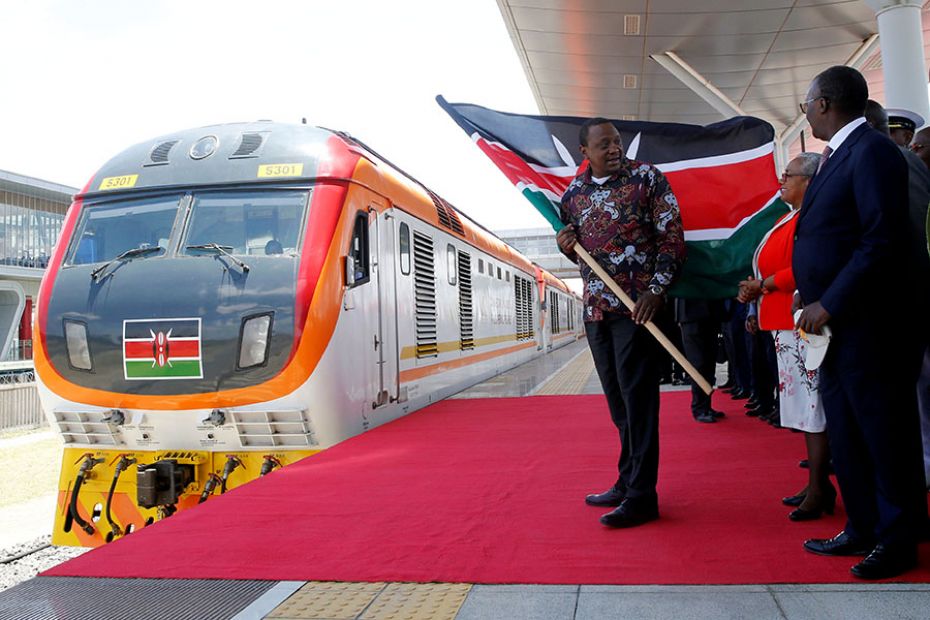
Image by : Thomas Mukoya / Reuters
Kenya's President Uhuru Kenyatta flags off the train linking Nairobi and Naivasha at the Nairobi Terminus operating the Standard Gauge Railway (SGR) line constructed by the China Road and Bridge Corporation and financed by the Chinese government in the outskirts of Nairobi, Kenya, October 16, 2019. Many African governments are also accused of undertaking monstrous white elephant BRI projects like SGR for political expediency. Today, these projects face unsurmountable debt repayment issues. China is turning off the lending tap to Kenya, with financing this year plunging to just five percent of what it was in 2022.
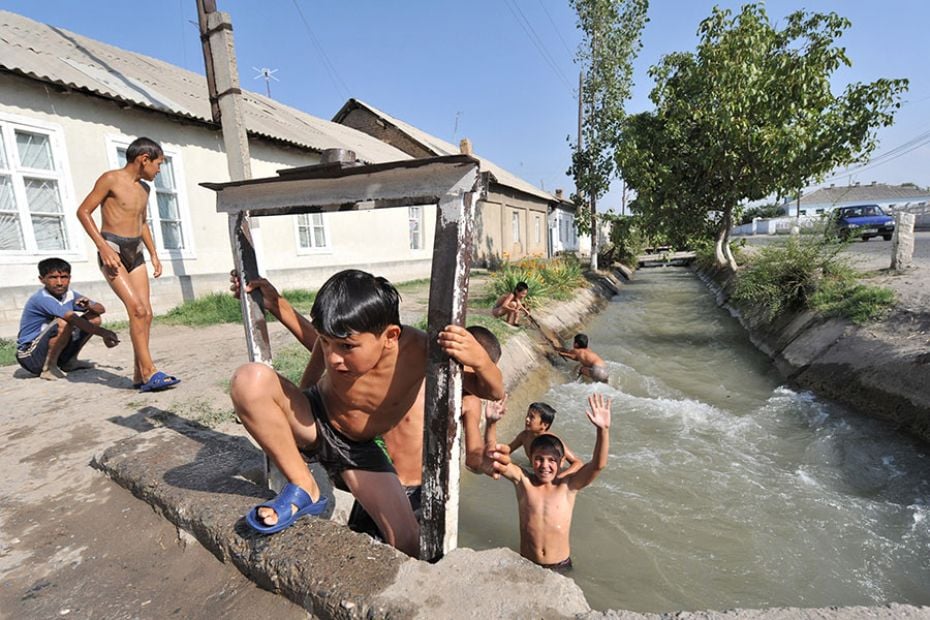
Image by : Vyacheslav Oseledko / AFP
A file photo of Kyrgyz boys swimming in an irrigation ditch in the village of Aravan outside Osh, Kyrgyzstan. China has been supporting numerous important social projects in Kyrgyzstan, including the reconstruction of its irrigation system, a plant for producing household appliances in Osh, the construction of a cement plant in Jalal Abad Oblast and the modernisation of its high-voltage power lines. Availing such large lines of credit since 2012 has made Kyrgyzstan more vulnerable to being caught in the debt trap of Chinese investments.





